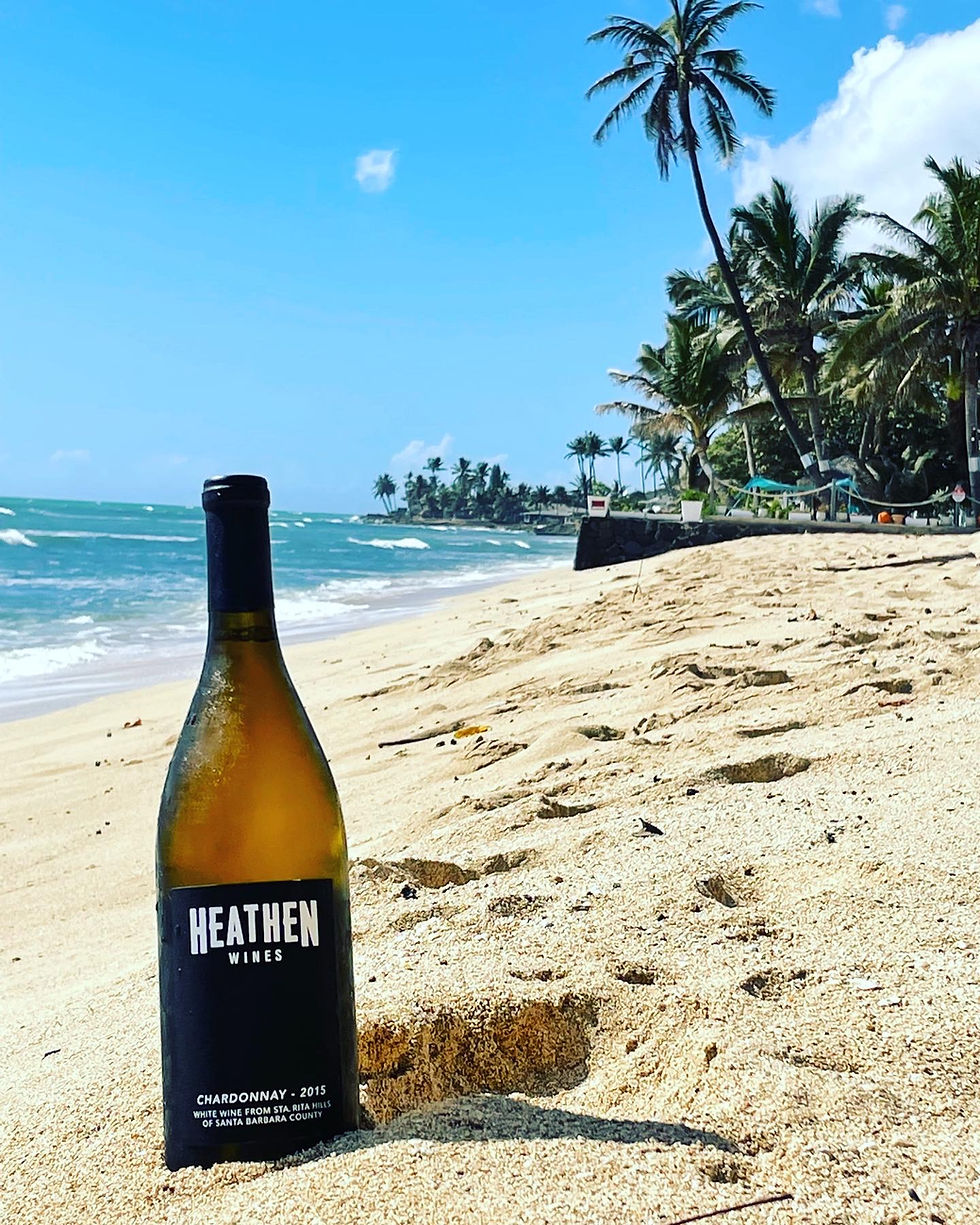A Near Case for Rejection
- Heath Porter
- Jan 15, 2020
- 3 min read
Musings on the Subjectivity of Enjoying Wine Inspired by an Intimate Tour of the Willamette Valley
BY DOUGLAS J. CUMMINGS, JR., ESQUIRE
On the penultimate evening of a five-day tour through Oregon wine country, the itinerary indicated we were to have dinner on our own. By then, we had visited seven wineries and swirled so many varieties of pinot noir that half our dinner party decided to drink something other than wine. My wife and I, however, were really enjoying the Willamette Valley terroir. In an exercise of temperance, we ordered a half-bottle of a 2015 vintage produced by a local winemaker. As that winemaker was one of our favorites, we anticipated a worthy accompaniment for the soon-to-arrive French cuisine.
The waiter brought the half-bottle and, without any presentation, uncorked and proceeded to pour both glasses. He then set it down and mouthed, "enjoy," before disappearing behind the stacked plates and steam of the kitchen. Wait a minute. I admit my understanding of wine making is basic, but I have enough experience ordering bottles at restaurants to know that something was not right.
With more than a bit lawyerly suspicion, I scrutinized the wine. I did so with each cautious sip, prompting our friend across the table to become incredulous: "Are you analyzing the wine, again?" To my nose, the bouquet was of wilted flowers. To my eye, the color had a brownish orange perimeter. On my palate, I detected a hint of vinegar. Plus, my wife pointed out that the label year (2013) was different than on the menu (2015).
I had never before considered sending back a bottle of wine. Maybe that was because my parents taught me to appreciate what I had, even if it was not perfect. Regardless, at that moment, with confidence in both my legal and wine analyses, I built the case for rejection based upon the following: misrepresentation, violation of etiquette, and improper storage.
First, the vintage year listed on the menu differed by two years from the label. This sort of discrepancy would not have given me much pause before the tour. Earlier in the week we learned, unlike mass-produced wines, the uniqueness of each year's vintage from smaller-scale winemakers is not only expected, but embraced. That uniqueness is driven by how the environment affects the vines; this includes annual levels of sunshine, rainfall, and temperature changes. Certain winemakers even confessed likes and dislikes of their own wine according to vintage year. The misrepresentation at the restaurant, however, disregarded this year-to-year uniqueness.
Second, the waiter committed procedural error; he did not allow us to inspect the label and taste the wine before pouring. I am fairly certain decorum requires the opportunity to view the credentials written on the bottle, with winemaker, varietal and vintage year being the most important. At least one consumer should also be allowed to sample and communicate whether the wine is acceptable, before it is poured. Our waiter met neither requirement.
Third, it was reasonable to infer our bottle had been improperly stored. The smell of decaying flowers, lack of vibrant color, and vinegary taste suggested the wine was past its prime. The most likely reason a 2013 would display characteristics of an older vintage is improper storage. Maybe our half-bottle did not fit the full-bottle rack and was kept in the sunlight, thus, accelerating the aging process. During the tour, one of the pioneer winemakers in the area allowed us to try his least favorite vintage from 1984. In my opinion, the wine in my and my wife's glasses at the restaurant was comparable to a vintage from decades earlier.
With my thoughts organized, I felt empowered to present the case for rejection. I would do so with reverence for my family, our fellow travelers, the tour group leader, and, especially, the people passionate about making wine on the estates we had visited. I turned to my wife to communicate my plan, but she spoke first. Following a delicate gulp and revealing smile, she said: "I like it."After taking a deep, deep breath, I lovingly invited my wife to further enjoy and handed her my glass. I then caught the eye of our waiter and ordered a beer.
📷Doug Cummings is a happily married fan of medium-to -large bodied reds. He is formerly a Chair of the DSBA Litigation Section and presently a Senior Associate
at Kollias Law, LLC. He can be reached at dcummings@kollia slaw. com.




Comments